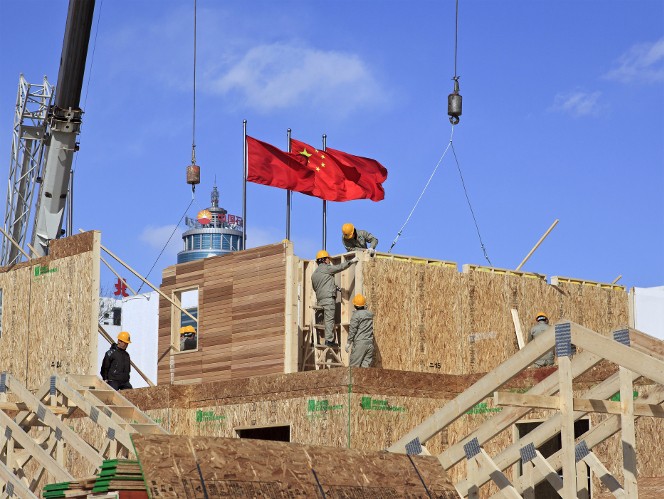China’s vast new infrastructure project has the power to connect the world, says Parag Khanna, global strategist, leading author, and senior research fellow in the Centre on Asia and Globalization at the Lee Kuan Yew School of Public Policy at the National University of Singapore
What is One Belt, One Road?
Obor is all about the effort towards deeper Eurasian infrastructural connectivity from Shanghai to Lisbon. What China wants is more connectivity. All infrastructure projects in Eurasia serve the purpose of connectivity. To put China’s connectivity ambitions into financial terms, the China Development Bank has committed to investing $890bn in infrastructure projects attached to Obor, the Public Broadcasting Service (PBS) reports. It highlights that the new Asian Infrastructure Bank (AIIB) has an additional $100bn available for infrastructure investment. These dollars are being used to build connectivity between China and the rest of Eurasia. By comparison, PBS points out, the Marshall Plan amounted to approximately $130bn after adjusting for inflation.
What is so important about infrastructure and connectivity?
Infrastructure is a global public good. There are three mega-public goods out there: security, environment, and connectivity. China has put itself forward as the leading provider of the global public good of infrastructure and connectivity. It is doing so through physical infrastructure projects, such as Huawei’s telecom networks, and all of these things enhance a country’s connectivity. China’s vice premier, Zhang Gaoli, has urged neighbouring countries to consolidate the social foundation for connectivity. This comes as little surprise. All connectivity built in Asia serves China, even if it is built by China’s rivals such as Japan or the US.
But what is China’s expected return on its own massive investments?
First, and assuming China can deliver on such an ambitious vision, Obor has the potential to help put the nation’s production overcapacity to use. Connecting with more consumers can help increase demand. Another benefit could be increased soft power – as China puts its massive foreign reserves to work.
This a special extract of a major new feature on China’s One Belt, One Road (Obor) infrastructure and investment project, to be published in the upcoming edition of Dialogue

